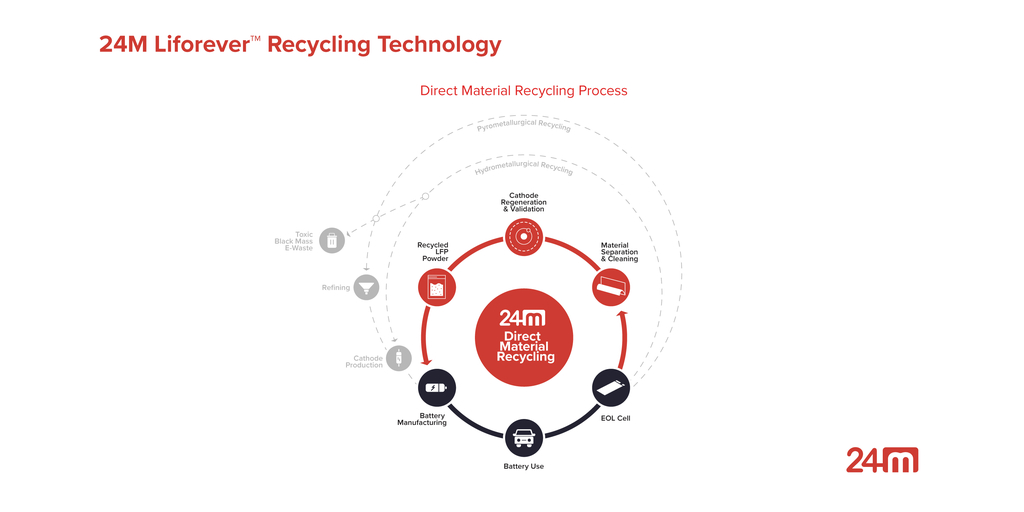Sign up for daily news updates from CleanTechnica on email. Or follow us on Google News!
Water is one of the biggest cleantech issues of our time. If you live in a damp place, water is something you try to get rid of. But, if you live in the western United States, it’s a precious resource that’s sometimes vastly misallocated by the political process. The importance of water is such a part of the culture that when I first saw a farmer’s field back east with drains to get rid of unwanted water, it shocked me a little!
Sadly, past management efforts out here have been a mixed bag. Great effort and expense (some of the biggest infrastructure projects in history) made sure growing cities in the arid West got the water they needed, but now we’re finding that the assumptions those projects were built upon weren’t right. This has, in many cases, lead to environmental catastrophe in the places that have been sucked dry by metro areas and unsustainable farming practices.
Now, with people more aware of the problem, efforts are underway to fix it. Interestingly enough, EVs are playing a key role in the restoration of California’s drying Salton Sea. To learn more about how EVs are doing this, you’ll need to watch this special report from NBC Palm Springs: (or, read my summary below the video)
The Salton Sea has been a part of Colorado River water issues for longer than there have been people living in North America. Going back millions of years, the Colorado River sometimes meandered into the Salton Sink, a low spot where the Sea currently lies. When that happened, it would fill up and become a massive lake, sometimes many times bigger than the Salton Sea has been in written history.
But, sometimes the river would meander away from the Sink, instead going directly to the Sea of Cortez. When that happened, the Sea would dry up over decades, becoming saltier and saltier until all of the water was gone, leaving only salt flats and maybe an occasional shallow lake during the wet season.
This cycle continued until the nineteenth century, when it was in a completely dry state. Native Americans knew about the Sea’s history, and would tell settlers tales about the place filling up, but it hadn’t done that for hundreds of years at that point (it hadn’t seen water since about 1580).
Refilling the dry Sea was an accident. The Alamo Canal diverted Colorado River water into parts of northern Mexico and then into the Imperial Valley, but it only delivered enough water for the farmers. A poorly thought-out restructuring of the water control dams and gates along the Colorado failed, and for several years the whole flow of the Colorado River flooded into the canal, filling up the dry lakebed once again in much the same way as it did before 1580.
Eventually, the gates were fixed up and a better canal was built, but agricultural runoff kept the newly reformed Sea alive. It became a major tourist attraction, complete with fishing, boating, shoreline resorts, and much more. But, Los Angeles needed more water as it grew, so less water went to the Imperial Valley. This led to less runoff, which in turn led to the lake drying up.
Nasty conditions resulted as silt from the runoff (with harmful chemicals like hydrogen sulfide and nitrates) dried up and took to the air on windy days. The whole place began to stink. The fish died as the water got more salty. The resorts are now abandoned, and many people have moved away from the whole area. People who are left behind in the region are left with a toxic mess that harms their health (respiratory problems are way up), but nothing was done to give the lake more water because Los Angeles voters vastly outnumbered voters who suffered from this problem.
In more recent decades, environmental injustices of this kind are getting more attention, and people in the city are becoming more enlightened about it. So, the state is now trying to actually solve the problem. But, it’s a big problem that won’t be easy to solve because people in Los Angeles still need water and the Colorado River supplies even less than it used to.
Part of the solution is to put vegetation back along the dry shorelines to keep the dust from rising on breezy days. This could also provide some improved recreation opportunities for people living in the area, with paved or planked pathways to keep walkers, cyclists, and runners from stirring up dust. Creating more wetlands along the shore can also help with this and make it easier for migratory birds to use the area during migrations.
How Are EVs Helping With This?
One big mistake many political campaigns make is to not focus on what’s important to the average person. While social issues and arcane political projects get a lot of time in media and today on social media, the economy is almost always the top issue for everyone. Focusing on this by telling campaign workers “It’s the economy, stupid” is part of what helped Bill Clinton win in 1992.
Without an important economic reason to allocate more water to the drying Salton Sea, environmental justice, the needs of migratory waterfowl, and the health of asthmatic children just aren’t enough to get it to the finish line. But, with demand for lithium rising along with the adoption of electric vehicles, the Sea’s potential for lithium production means there’s more reason to keep it from drying up. This gives people in every city motivation to let the valley keep or expand its water.
Another possible motivator is recreation. If people from other areas can see the recreational value of the Sea, it can keep people from feeling like it’s not worth giving some water and restoration money to. One pilot project aims to do just that by cordoning off a corner of the Sea with a berm to make a freshwater segment of Sea.
To make this work out, people still need to hammer home the importance of not further damaging the situation in the area while extracting resources like lithium from it. So, environmental justice and public awareness still play a key role.
Featured image from Google Maps.
Have a tip for CleanTechnica? Want to advertise? Want to suggest a guest for our CleanTech Talk podcast? Contact us here.
Latest CleanTechnica TV Video
CleanTechnica uses affiliate links. See our policy here.





